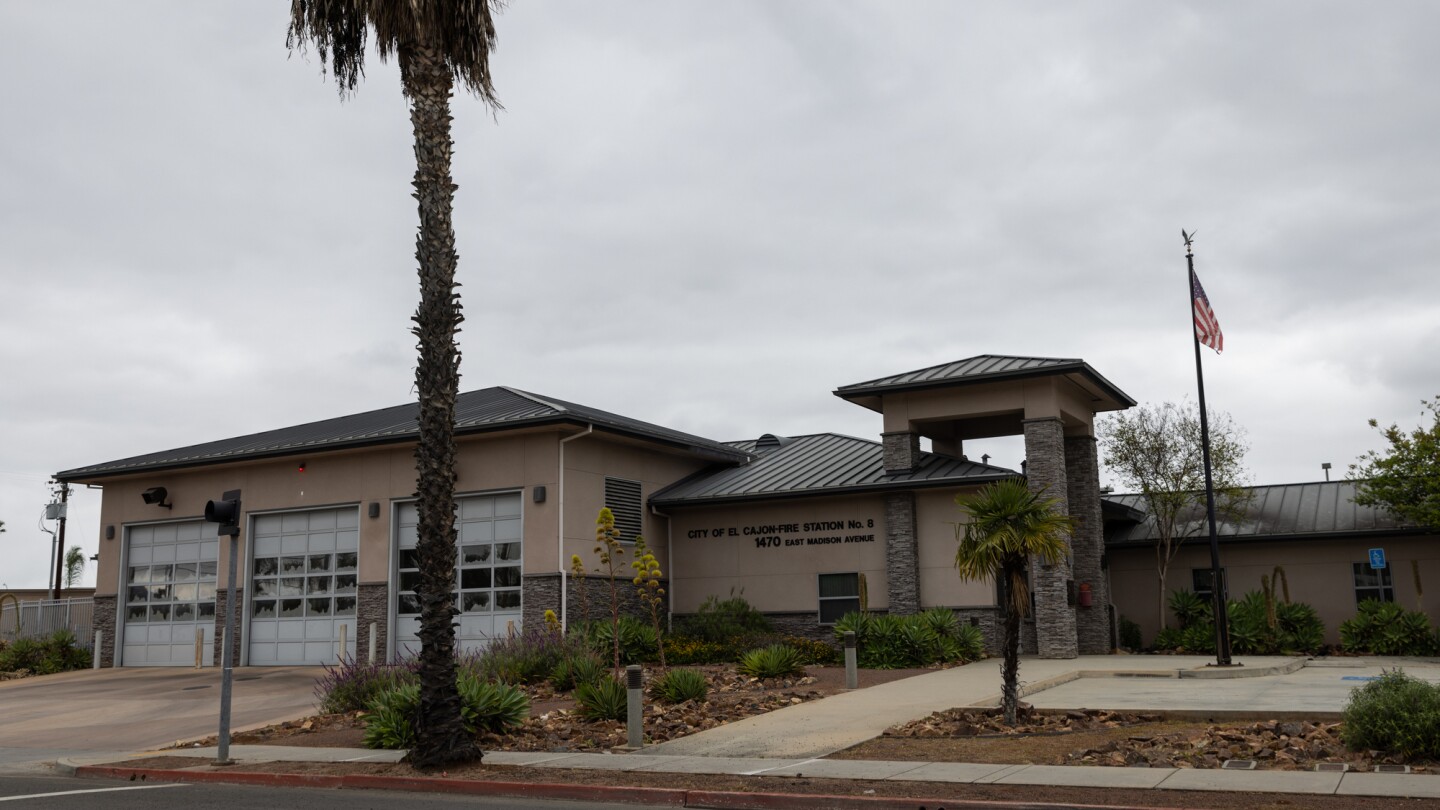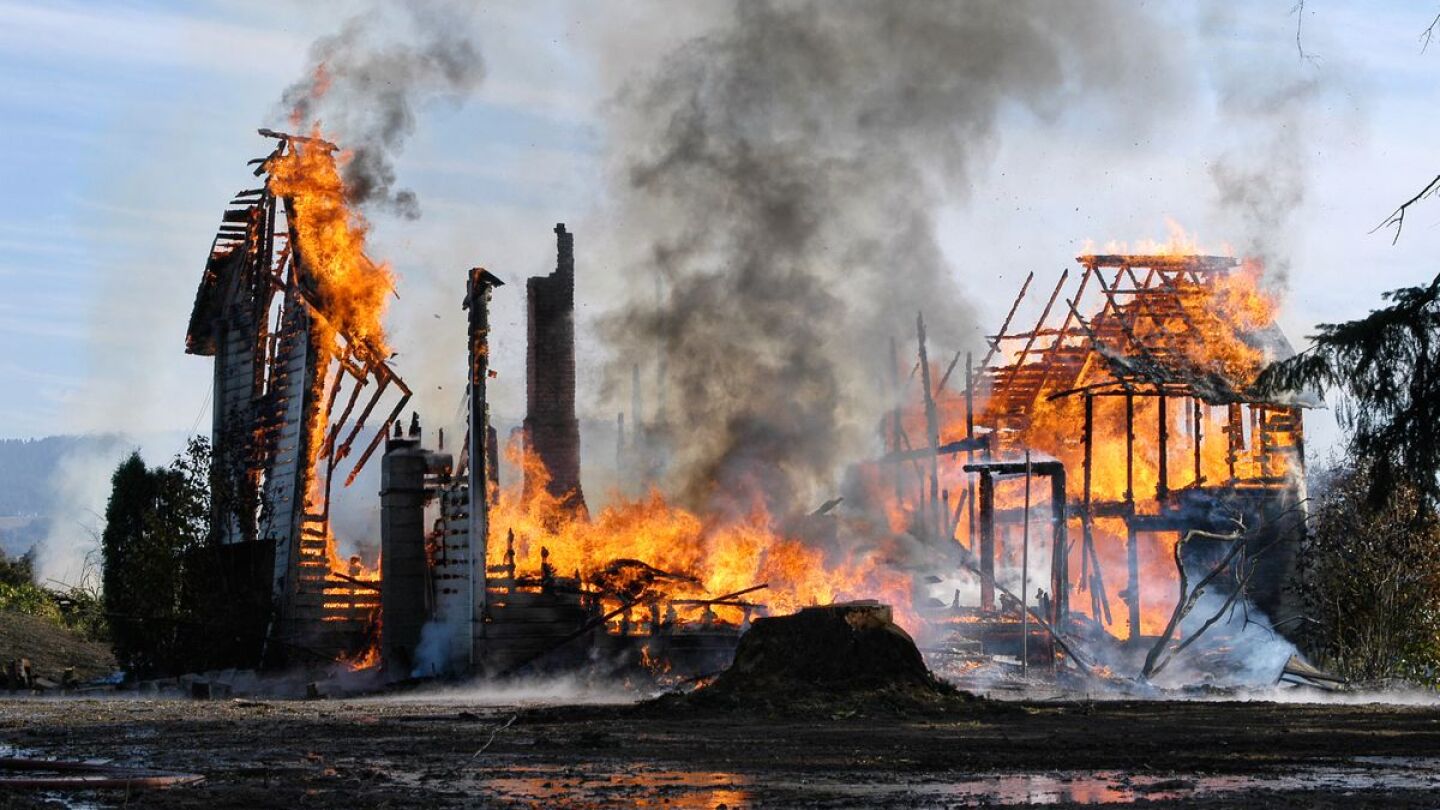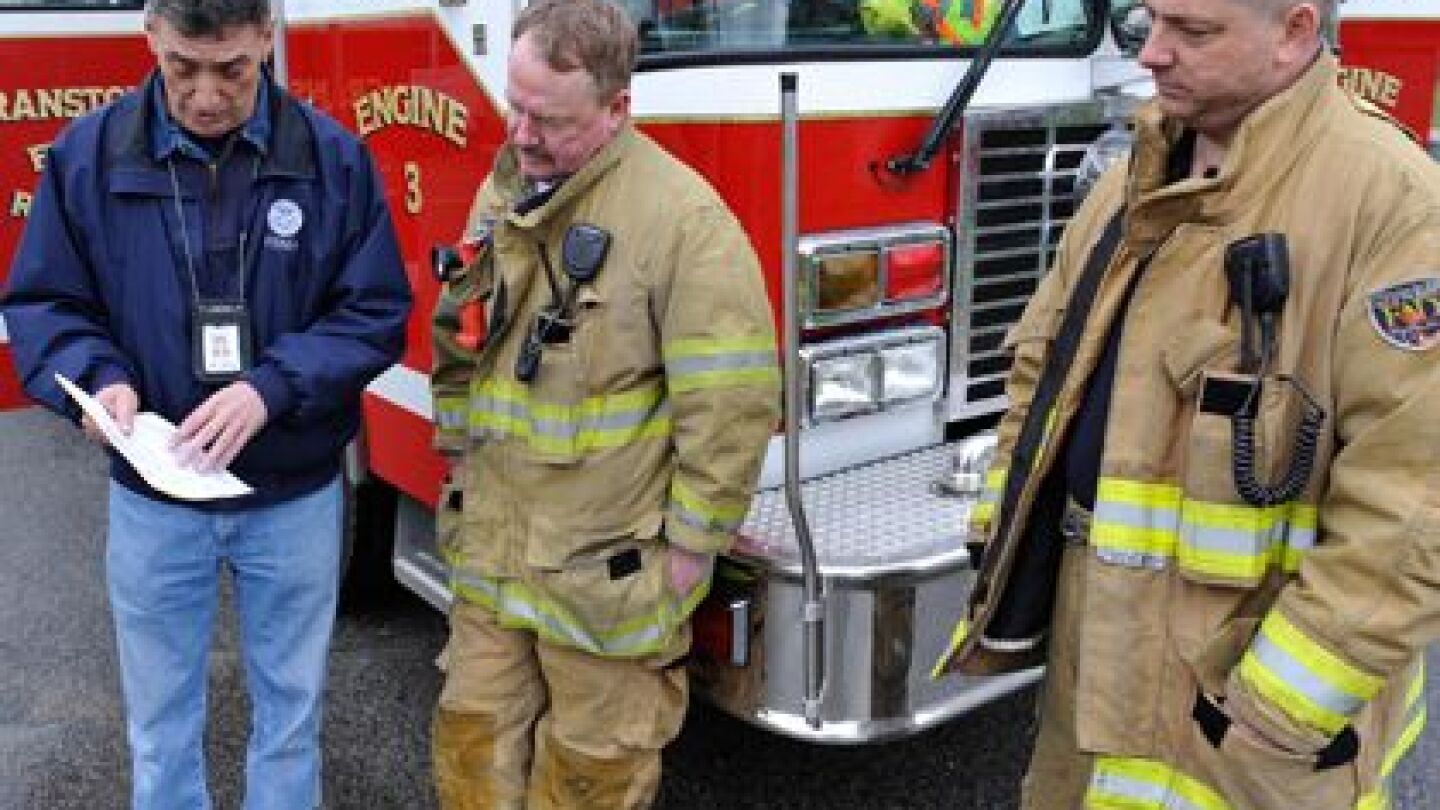Leadership
Leadership is one of the critical components of a successful crew, fire department and the fire service as a whole. The FireRescue1 Leadership resource page shares a variety of news, original analysis, podcasts and videos to enhance leadership throughout the ranks.
It’s time to reevaluate our SOPs, eliminate insular groups, and see traditions as an honor, not an anchor
Chief Goldfeder offers several simple tips
A hidden spy camera disguised as a phone charger was discovered in the bunkroom of an El Cajon fire station, leaving female EMS personnel feeling violated and unsafe
Investigate incidents that damage fire equipment or apparatus before disciplining those involved
NFPA 3000 is a framework for preparing fire departments, EMS agencies, other responders and communities for active shooter incident response and recovery
In a climate that seems like it’s teeming with anger at all times, emergency responders must learn how to dial down the intensity
Learn how to identify the signs of firefighter arson within your own ranks and the actions fire chiefs can take to mitigate the problem
The higher than normal air conditioner failure rate is a “real challenge for both patient and first responder”
What are the legal ramifications of FFUI and FFWI?
Toxic leaders in the fire service destroy morale, initiative and progress; look for these signs in yourself and your department’s leadership
The company officer must be knowledgeable about all aspects of the job, and know how to manage a variety of personalities
Implement formal unified command, critical incident stress management and radio encryption to improve your active shooter response
Qualitative data can identify firefighter knowledge, skills and abilities that can shape their role, benefiting them and the department
IAFC FRI speakers discuss how fire and EMS departments can present data to elected officials, the media and the community at-large
Fire officers can model PPE compliance by example and encourage individuals to understand the importance of proper use
Make information sharing a part of your mass casualty incident protocols, especially in incidents involving children or unknown illness
Encourage progress and change in your fire department and your personnel with clear expectations and mentoring
Officer leadership courses should include sections on conflict management and resolution for when situations inevitably arise
Fire chiefs and field providers have much to learn from the FBI’s ongoing summary and analysis of active shooter incidents
Taking into account the uniqueness of each community, it is important to employ the correct deployment models
Understanding what guides firefighters’ efforts, decision making and general direction leads to improved operations, community service and safety
As Starbucks addresses racial bias within its organization, fire departments can take a cue from their initiative
Communication skills are the key to diverting deviant behavior before it becomes the cultural norm
When a firefighter is confronted with a harrowing situation on the job, the first instinct shouldn’t be to repress the emotion that follows
Embrace firefighter camaraderie, diversity and history while moving forward to embrace the future with passion
While firehouse scandal and negative headlines aren’t completely avoidable, focus on the mission at hand and get in front of bad behavior to improve community and public relations
Conduct a personal 360 size-up to evaluate how your behavior contributes to the success of the mission
A passion for leadership, serving the community and protecting firefighters hallmarks the next step in a career defined by forward progress
Assign MCI member roles, report often and maximize the first five minutes on scene to deploy triage quickly and keep incoming units informed
Cloud-based, passive firefighter accountability systems help incident commanders track personnel movements throughout the incident response
It may seem like millennials are still the young newbies at work, but in reality, it’s the “iGen,” and they are completely different
Scott Orr tackles a controversial proposal to let company officers focus on incident action plans while responding in the apparatus
MOST POPULAR
- At the epicenter: Seattle FD prioritizes testing and member safety
- Leadership competencies: 4 ways battalion chiefs can best develop company officers
- How mentoring can foster officer development
- Fire service pruning: Make way for fresh ideas, technology and practices
- ‘Principled Leadership from the road less traveled’



























